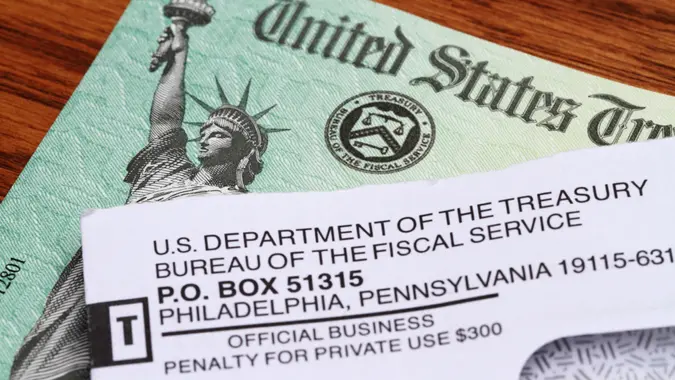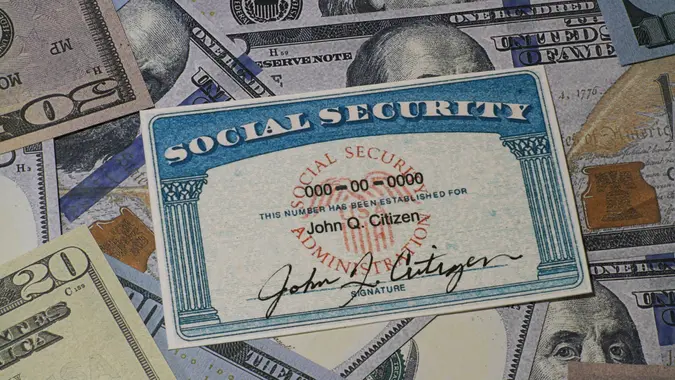Moving for Retirement? 6 Things You Should Leave Behind To Save Money

Commitment to Our Readers
GOBankingRates' editorial team is committed to bringing you unbiased reviews and information. We use data-driven methodologies to evaluate financial products and services - our reviews and ratings are not influenced by advertisers. You can read more about our editorial guidelines and our products and services review methodology.

20 Years
Helping You Live Richer

Reviewed
by Experts

Trusted by
Millions of Readers
Retirement is not just a new chapter in life; it’s an opportunity to declutter, simplify, and save. When moving to a smaller home or a retirement community, it’s essential to consider what to leave behind.
Downsizing can significantly cut costs and lead to a more financially comfortable retirement. Here are key things to consider leaving behind for financial reasons.
Bulky Furniture: Choose Space and Savings
One of the most significant expenses in moving is transporting furniture. Large, bulky items like sectional sofas, king-size beds, and heavy dressers can increase moving costs substantially. These pieces often require more labor and larger moving trucks, both of which come at a premium.
In a smaller living space, less is more. Opt for smaller, multipurpose furniture that fits your new home better. This not only saves on moving costs but also makes your new space more functional and less cluttered.
Outdated Appliances and Electronics
Old appliances and electronics are not just physically heavy; they’re also heavy on energy consumption. An old refrigerator or an outdated washing machine can be costly to run and maintain.
Consider selling or donating old appliances and replacing them with energy-efficient models in your new home. Modern appliances are more energy-efficient, which can lead to significant savings on utility bills.
Excessive Decor and Household Items
Over the years, it’s easy to accumulate an array of decor items, kitchen gadgets, and miscellaneous household goods. Moving these items can be more trouble than it’s worth, both in terms of packing effort and transport cost.
Focus on keeping things that you love and use regularly. Selling, donating, or giving away the rest not only simplifies the move but also avoids the clutter in your new home.
Large Collections: Weighing Sentiment Against Cost
Whether it’s books, antiques, or a lifetime of memorabilia, large collections take up space and can be expensive to move. Carefully evaluate which items truly hold sentimental value.
Consider digitizing parts of your collection, like photographs or important documents, to save space. You might also gift certain items to family members or friends who would appreciate and cherish them.
Rarely Used Vehicles
Having more than one vehicle in retirement might not be necessary, especially if you’re moving to a community with good public transportation or walkability. Additional cars mean more insurance, maintenance, and registration costs.
Downsizing to one reliable, fuel-efficient vehicle can significantly cut your transportation costs. Alternatively, consider car-sharing services or public transportation as cost-effective options.
Large Quantities of Seasonal Clothing
A large wardrobe, especially with seasonal items that you rarely wear, can be cumbersome and costly to move. Clothing requires boxes, packing time, and often extra storage space in your new home.
Keep clothing that suits your new lifestyle and climate, and donate or sell the rest. A minimalist wardrobe approach saves space and makes packing and moving easier.
Editor's note: This article was produced via automated technology and then fine-tuned and verified for accuracy by a member of GOBankingRates' editorial team.
More From GOBankingRates
 Written by
Written by 

























